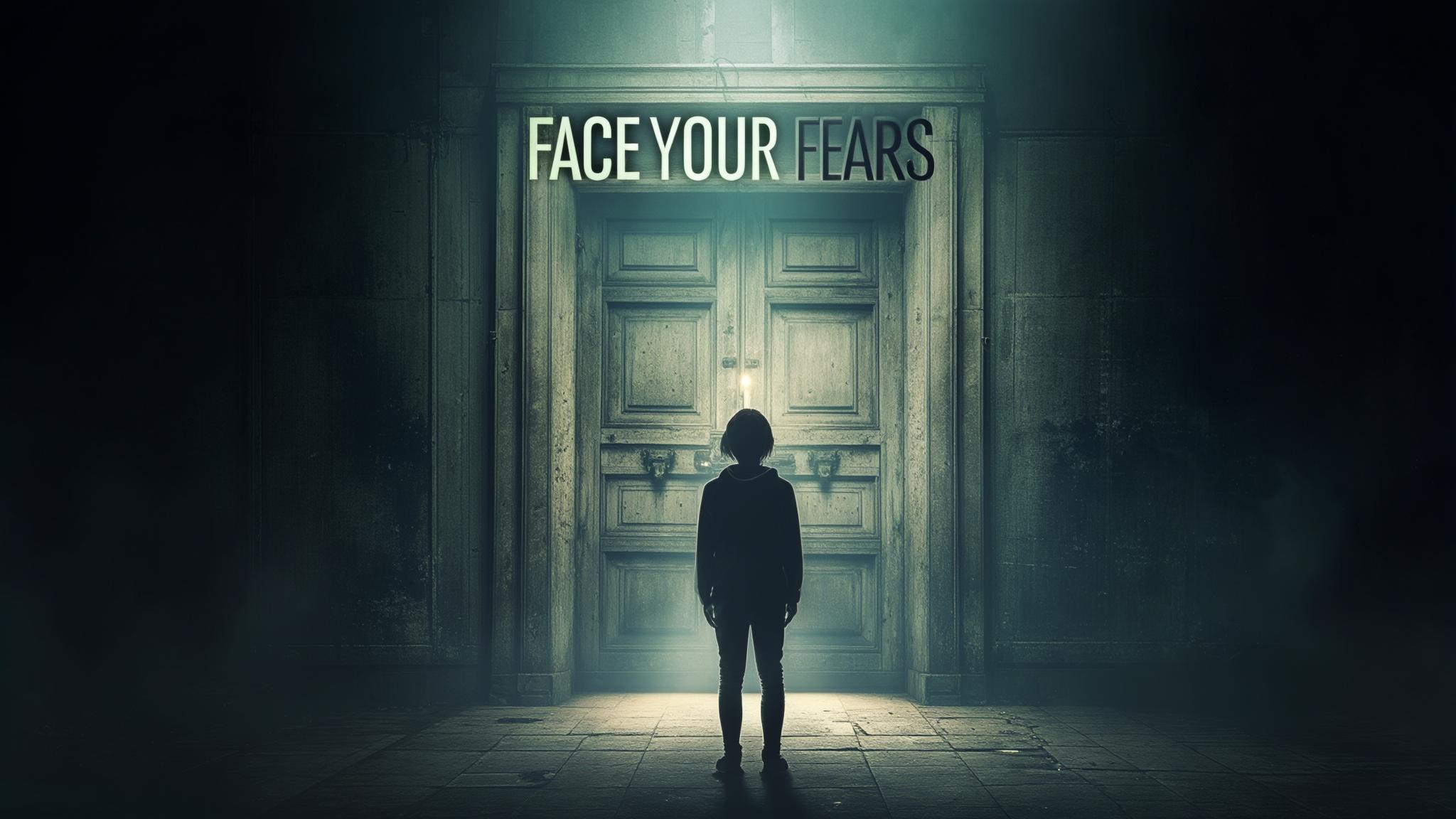I. Introduction
A. Definition of Phobias
Phobias are intense, irrational fears of specific objects, situations, or activities that lead to significant distress and avoidance behavior. Unlike general fears, which are more common and can be rational, phobias create overwhelming anxiety that interferes with daily functioning. For instance, while it's normal to feel uneasy about heights, someone with acrophobia experiences crippling fear that may lead to panic when faced with high places.
B. Importance of Addressing Phobias
Neglecting phobias can lead to various negative consequences, including social isolation, diminished quality of life, and even co-occurring mental health issues like depression. Phobias can severely affect relationships and professional opportunities, highlighting the importance of addressing these fears promptly.
C. Purpose of the Article
This article aims to educate readers on the nature of phobias and demonstrate how individual therapy can provide the tools and support needed to confront and eventually overcome these fears.
II. Understanding Phobias
A. Types of Phobias
- Specific Phobias: These include fears of specific triggers such as heights (acrophobia), spiders (arachnophobia), or flying (aviophobia).
- Social Phobia (Social Anxiety Disorder): This phobia involves a fear of social situations where one may be judged or embarrassed. Individuals often avoid public speaking or social gatherings.
- Agoraphobia: A fear of situations where escape might be difficult or help unavailable, often leading to avoidance of public places.
B. Causes of Phobias
Phobias often arise from a complex interplay of factors:
- Genetic Predisposition: Family history can increase the risk of developing phobias.
- Environmental Factors: Traumatic experiences or negative encounters can condition individuals to develop phobias.
- Psychological Factors: Cognitive distortions contribute to irrational fears and heightened anxiety.
C. Symptoms of Phobias
Common symptoms can be categorized as:
- Physical: Panic attacks, rapid heartbeat, sweating, and trembling.
- Emotional: Intense anxiety, dread, and feelings of being out of control.
- Behavioral: Avoidance of situations that trigger fear, impacting daily life.
III. The Role of Individual Therapy in Treating Phobias
A. Overview of Individual Therapy
Individual therapy encompasses various therapeutic modalities tailored to the client’s specific needs. Common approaches include:
- Cognitive Behavioral Therapy (CBT): Focuses on reshaping maladaptive thoughts and behaviors.
- Exposure Therapy: Involves gradual exposure to the feared object/situation to reduce anxiety responses.
B. How Therapy Helps
Therapy provides a supportive environment where individuals can discuss their fears openly. It fosters a therapeutic relationship built on trust and empathy, allowing clients to explore their feelings in a safe space. Strategies are tailored to meet individual needs, compelling clients to confront their fears at a manageable pace.
C. Evidence-Based Approaches
Research shows significant success rates for various forms of individual therapy in treating phobias. Studies suggest that CBT and exposure therapy enhance coping strategies and reduce avoidance behaviors effectively, with a notable percentage of patients reporting substantial improvements.
IV. Therapeutic Techniques for Facing Phobias
A. Cognitive Behavioral Therapy (CBT)
CBT focuses on understanding the relationship between thoughts, emotions, and behaviors. Techniques may include:
- Cognitive Restructuring: Challenging and changing unhelpful thoughts about specific fears.
- Behavioral Experiments: Testing beliefs about feared situations to reduce irrational thinking.
B. Exposure Therapy
This method gradually exposes the individual to the phobic object or situation. Effective treatment often incorporates:
- Systematic Desensitization: Introducing the fear in gradual, controlled steps.
C. Mindfulness and Relaxation Techniques
Incorporating mindfulness practices can effectively enhance therapy outcomes. Techniques might include:
- Breathing Exercises: Calming techniques that help manage panic responses.
- Grounding Techniques: Strategies to anchor themselves in the present during anxiety peaks.
D. Journaling and Self-Reflection
Encouraging journaling allows individuals to document their thoughts and experiences, promoting self-discovery and understanding of triggers associated with their phobia.
V. Practical Steps to Face Your Fears
A. Identifying Your Phobia
Self-assessment tools and questionnaires can help clarify which fears might be interfering with your life and lead to better focus during therapy sessions.
B. Seeking Professional Help
Finding a qualified therapist can be a vital step. Look for professionals specializing in treating phobias and anxiety disorders. Expect the first session to involve discussions about your fears, background, and therapy goals.
C. Building a Support System
Social support is crucial in addressing phobias. Encourage friends and family to be part of your journey by sharing your challenges and celebrating progress.
D. Setting Realistic Goals
Utilize SMART (Specific, Measurable, Achievable, Relevant, Time-bound) goals to outline your steps towards facing fears, highlighting the importance of celebrating small victories along the way.
VI. Challenges in Overcoming Phobias
A. Common Obstacles
Many individuals face obstacles such as:
- Resistance to Change: Comfort found in avoidance can hinder progress.
- Fear of the Therapy Process: Anxiety about discussing feelings or facing fears can be daunting.
B. Strategies to Overcome Challenges
Successful navigation of challenges includes:
- Staying Committed: Regularly attending therapy and practicing coping strategies.
- Open Communication: Maintaining dialogue with the therapist about fears and experiences ensures a tailored therapeutic approach.
VII. Conclusion
A. Recap of Key Points
Phobias, although distressing, are treatable through individual therapy approaches. Understanding the nature of phobias fosters empowerment to confront fears head-on.
B. Encouragement to Seek Help
Overcoming phobias is indeed a journey, requiring patience and commitment. Each step taken in therapy is a step towards freedom.
C. Resources
For further assistance, here are some helpful resources:
- TherapyFinder.com: To locate qualified therapists in your area.
- Anxiety and Depression Association of America (ADAA): For informational resources and support groups.
- National Institute of Mental Health (NIMH): Provides comprehensive education on phobias and treatment options.
VIII. References
- American Psychiatric Association. (2013). Diagnostic and Statistical Manual of Mental Disorders (5th ed.).
- Hofmann, S. G., Asnaani, A., Vonk, I. J. J., Sawyer, A. T., & Fang, A. (2012). The Efficacy of Cognitive Behavioral Therapy: A Review of Meta-analyses. Cognitive Therapy and Research, 36(5), 427-440.
- Olatunji, B. O., Cisler, J. M., & Deacon, B. J. (2010). Fear and Avoidance in a Nonclinical Sample: Evidence for a Dimensional Model of Specific Phobia. Journal of Anxiety Disorders, 24(4), 407-417.

